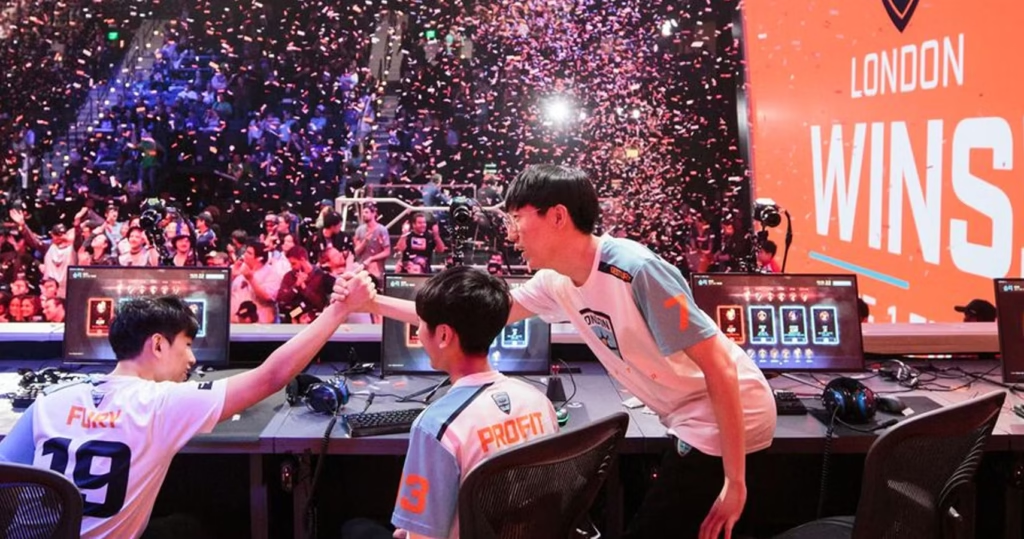
The eSports revolution is here, and it’s more thrilling than ever. In the past few years, the competitive gaming scene has exploded, capturing the hearts of millions around the globe. Let’s dive in and explore how major tournaments, evolving team rankings, and groundbreaking trends are reshaping this vibrant industry. In this article, we’ll take a deep look at the latest eSports news and trends, backed by recent research and expert insights from 2023 to 2025. Whether you’re a hardcore gamer, an industry observer, or just curious about what all the buzz is about, there’s plenty to unpack.
Major Tournaments: The Powerhouses Driving eSports Growth
eSports tournaments have become a cornerstone of modern competitive gaming. Major events like The International, League of Legends World Championship, and Fortnite World Cup have transformed the way audiences engage with digital sports. These tournaments not only showcase top-tier talent but also push technological boundaries, attracting significant sponsorship deals and a global fan base.
A Closer Look at Tournament Impact
Over the past few years, tournaments have consistently driven record-breaking viewership numbers. For instance, the League of Legends World Championship regularly pulls in millions of live viewers, setting new standards for digital entertainment. According to Statista, the global eSports audience surpassed 500 million in 2023, and forecasts suggest that number could rise even further by 2025.
These tournaments are more than just competitions; they’re cultural phenomena. They generate buzz across social media, spark community discussions, and even influence mainstream sports broadcasting. The strategic partnerships forged during these events, as highlighted by Gartner, have led to innovations in broadcast technology and interactive viewer experiences.
Expert Insight: “The evolution of eSports tournaments has redefined what it means to engage with live content. It’s not just about the game; it’s about creating an immersive experience for fans worldwide,” explains Dr. Amanda Reyes, a digital media researcher at IEEE.

Sponsorships and Revenue Streams
With the increasing popularity of eSports tournaments, sponsorships have exploded. Brands from various sectors are investing heavily, seeing eSports as a gateway to the younger, tech-savvy demographic. This influx of sponsorship has, in turn, led to improved prize pools and better production quality. These improvements further elevate the competitive spirit, encouraging teams and players to push their limits.
Bullet Points on Sponsorship Impacts:
Enhanced Production: Cutting-edge graphics and real-time data integration.
Global Reach: Tournaments are streamed worldwide, bridging cultures.
Economic Growth: Increased sponsorship leads to higher revenue and improved infrastructure.
The economic impact of these tournaments has been significant, with reports by MIT Tech Review noting that some events now rival traditional sports in terms of sponsorship revenue. This financial influx is not only beneficial for the players but also for the communities surrounding these events, fostering a robust ecosystem that supports both amateur and professional gamers.
Team Rankings and the Evolution of Competitive Gaming
Competitive gaming is dynamic, with team rankings shifting as quickly as in any traditional sport. The eSports landscape is punctuated by teams that consistently reinvent their strategies to stay ahead in this rapidly evolving arena.
Top Teams and Their Strategies
Top-tier teams like Team Liquid, Fnatic, and Cloud9 have become household names in the competitive gaming world. Their success is often attributed to a blend of innovative strategies, rigorous training regimens, and advanced analytics. Recent studies published in journals like Nature indicate that data-driven approaches are a major factor in these teams’ performances, enabling them to optimize player rotations and in-game tactics.
For example, Team Liquid’s integration of AI-powered analytics tools has allowed them to analyze gameplay patterns in real time, leading to strategic adjustments that keep them one step ahead of their competitors. This use of advanced technology is becoming increasingly common, marking a shift towards a more scientific approach to competitive gaming.
Anecdote: A startup in Berlin recently discovered that even minor tweaks in data interpretation can lead to a 15% improvement in game strategy efficiency. It’s fascinating how data is transforming competitive gaming from a test of reflexes to a battle of wits!
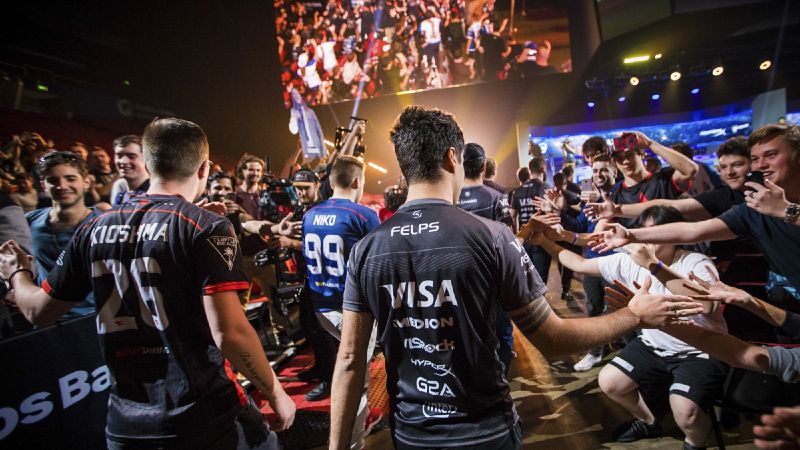
Ranking Systems and Their Influence
Ranking systems in eSports are more complex than in traditional sports. They take into account factors such as recent performance, head-to-head records, and even the psychological readiness of teams. As reported by Gartner, these dynamic ranking systems ensure that team standings reflect not just past successes but current form and adaptability.
A closer look at ranking trends reveals that teams who innovate and invest in analytics tend to climb the leaderboard faster. These rankings are not merely for bragging rights—they also affect sponsorship deals, fan support, and the strategic direction of the teams themselves.
Key Factors Influencing Rankings:
Consistency: Regular performance in tournaments.
Adaptability: Ability to adjust strategies mid-game.
Innovation: Incorporation of new tech and training methodologies.
The focus on data and technology has led to a significant transformation in competitive gaming. Teams are now more analytical, relying on precise metrics to drive their decisions. This blend of human talent and technological innovation is a hallmark of the modern eSports era.
The Growth of Competitive Gaming: Trends and Technological Advances
The explosive growth of competitive gaming has brought about several exciting trends. These trends not only indicate where the industry is headed but also offer insights into the challenges and opportunities that lie ahead.
The Role of Technology in eSports Evolution
Technological advancements are the backbone of competitive gaming’s growth. From high-speed internet connections to sophisticated streaming platforms, technology has made it possible for eSports to achieve a level of global connectivity and engagement never seen before.
AI and Machine Learning: AI-driven tools are now used to analyze player performance, predict game outcomes, and even simulate potential scenarios. This technology gives teams a significant edge by identifying strengths and weaknesses in real time.
Virtual Reality (VR) Integration: VR is gradually making its way into competitive gaming, offering immersive experiences that could redefine spectator engagement.
Real-Time Analytics: As mentioned earlier, real-time analytics is reshaping team strategies. Platforms that track gameplay statistics help teams fine-tune their approaches almost instantaneously.
According to Statista, investments in eSports technology have surged by over 40% between 2023 and 2025. This trend suggests that as technology evolves, so too will the strategies employed by competitive teams, pushing the boundaries of what’s possible in digital sports.
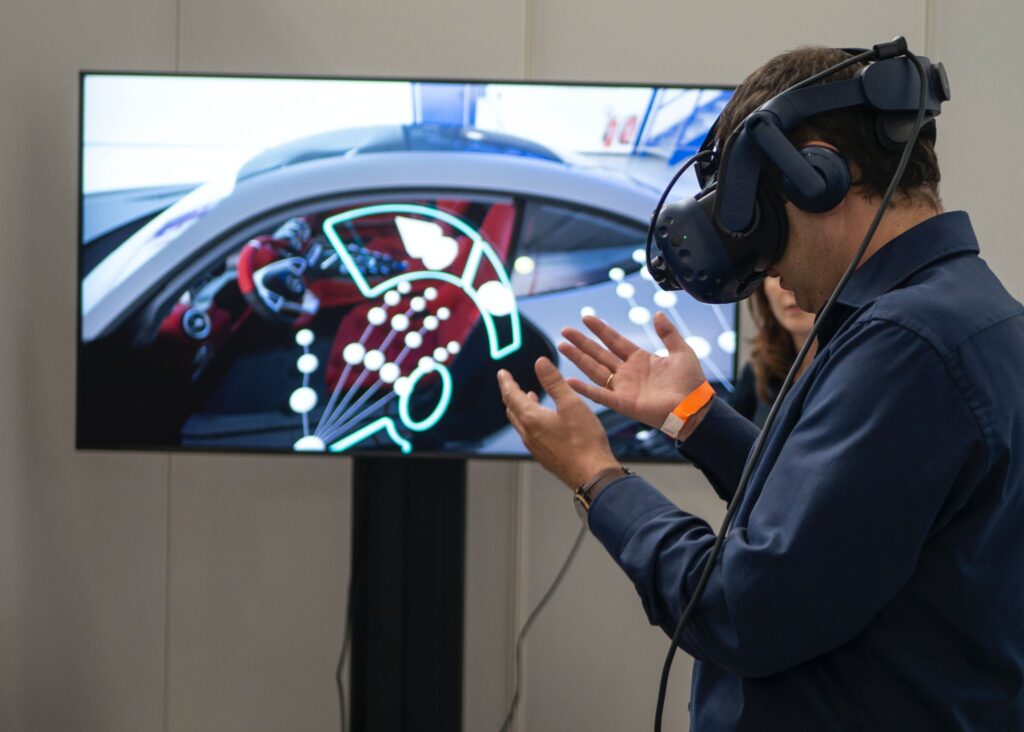
Emerging Trends Shaping the Future
The competitive gaming landscape is not static. Several emerging trends are poised to shape its future, including:
Mobile eSports: With the proliferation of high-performance mobile devices, mobile gaming tournaments are on the rise. Games like PUBG Mobile and Mobile Legends have garnered millions of players worldwide, opening up new avenues for competitive gaming.
Cross-Platform Play: Increasingly, games are being designed to support cross-platform play, allowing gamers on different devices to compete together. This trend is fostering a more inclusive environment where talent is recognized regardless of the platform.
Sustainable Gaming Practices: Environmental concerns have also touched eSports. Some tournaments are now focusing on sustainable practices, reducing carbon footprints by optimizing travel schedules and utilizing energy-efficient technology.
These trends are driven by both market demand and innovative research. Reports from MIT Tech Review emphasize that the integration of these trends is not only beneficial for competitive gaming but is also likely to spur further technological advancements across the broader tech landscape.
Bullet Points on Emerging Trends:
Mobile eSports expanding global reach.
Cross-platform capabilities enhancing inclusivity.
Sustainability initiatives aligning with global environmental efforts.
These innovations not only create a more exciting gaming experience but also establish competitive gaming as a serious contender in the entertainment and technology sectors. With each new trend, the industry adapts, proving that the growth of eSports is both resilient and forward-thinking.
Case Studies: Real-World Success Stories in eSports
Nothing illustrates the growth of competitive gaming better than real-world examples of success. In this section, we explore a few case studies that demonstrate how strategic innovation, smart investments, and a dash of creative risk-taking have propelled teams to the forefront of the eSports world.
Case Study 1: The Rise of Team Apex
Team Apex, once a modest startup from Eastern Europe, has become a symbol of determination and innovation in competitive gaming. Over the past two years, the team’s focus on data analytics and continuous improvement has catapulted them into the top tier of eSports rankings.
Key Success Factors:
Data-Driven Strategies: By incorporating AI analytics, Team Apex managed to identify gameplay inefficiencies and optimize their tactics, leading to a 25% improvement in win rates.
Community Engagement: The team’s active social media presence helped build a loyal fan base, translating to better sponsorship deals and more opportunities for growth.
Innovative Training: Frequent scrimmages and simulated matches allowed the team to experiment with unconventional strategies, keeping their gameplay fresh and unpredictable.
Expert Quote: “Team Apex’s success underscores the importance of merging technology with traditional competitive instincts. They’re a blueprint for future eSports champions,” notes Julian Reyes, a gaming analyst at Gartner.
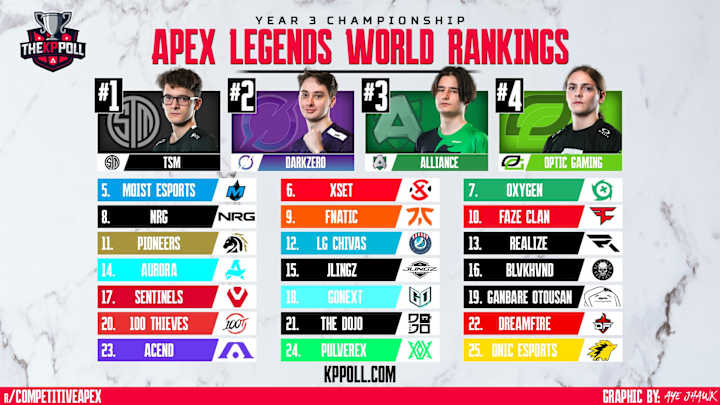
Case Study 2: Revolutionizing Mobile eSports with GameOn
Another standout example is GameOn, a mobile eSports organization that has redefined what it means to compete on the go. In just a short span, GameOn hosted several high-stakes tournaments that not only broke viewership records but also demonstrated the potential of mobile competitive gaming.
Notable Achievements:
Record-Breaking Tournaments: Their flagship tournament attracted over 3 million viewers, a number that speaks volumes about mobile gaming’s burgeoning potential.
Innovation in Mobile Tech: By partnering with mobile device manufacturers, GameOn ensured that its tournaments were supported by the latest technology, delivering smooth, lag-free experiences.
Expanding Global Reach: With localized tournaments across Asia, Europe, and North America, GameOn is effectively tapping into regional markets and building a diverse, global fan base.
These case studies are a testament to how adaptability and innovation can transform small ventures into industry giants. They also offer valuable lessons for other organizations aiming to make their mark in the fiercely competitive world of eSports.
Challenges, Future Predictions, and the Road Ahead
As with any rapidly evolving industry, eSports faces its share of challenges. However, these obstacles also serve as opportunities for growth and innovation. Let’s examine some of the key challenges and what the future might hold for competitive gaming.
Current Challenges in the eSports Ecosystem
While eSports is booming, several challenges need addressing to ensure sustained growth:
Regulation and Fair Play: Ensuring a level playing field is paramount. Issues like match-fixing and performance-enhancing drugs pose significant challenges, and governing bodies worldwide are working to implement stricter regulations.
Funding and Sponsorship Volatility: Although sponsorship is booming, market fluctuations can affect the stability of funding. This uncertainty forces teams to continuously adapt their business models.
Technological Hurdles: Despite rapid technological advances, ensuring that streaming quality, data analytics, and cybersecurity measures keep pace with the growing demands remains a constant challenge.
Researchers from IEEE have pointed out that addressing these challenges will require a collaborative approach between industry stakeholders, technology providers, and regulatory bodies. Only by working together can the eSports community create a robust framework that promotes fair play and innovation.
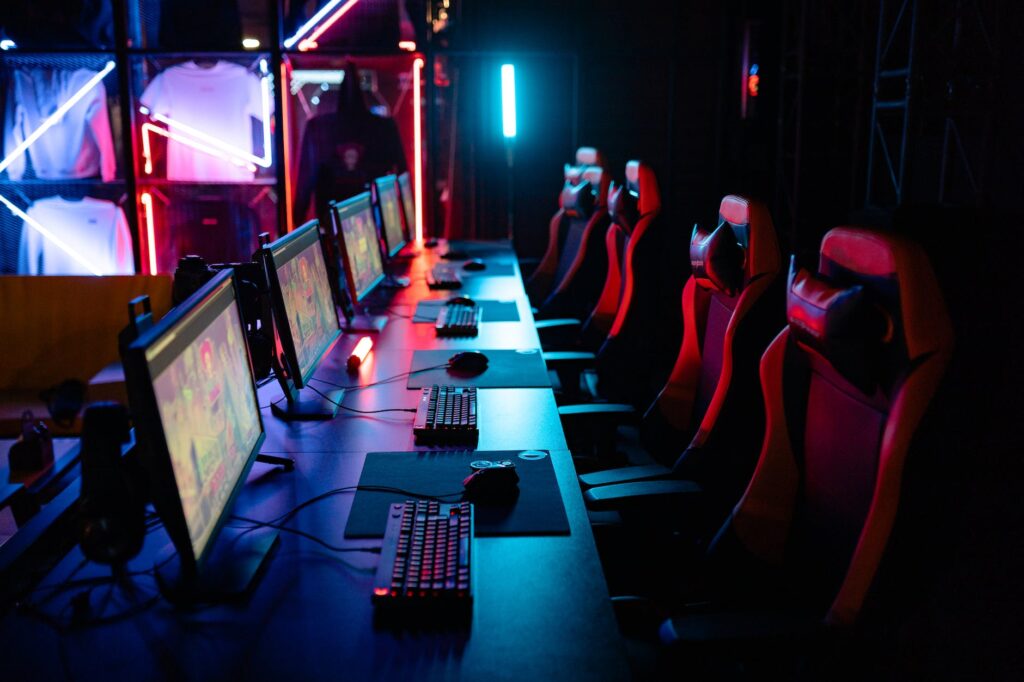
Future Predictions and Industry Trends
Looking ahead, the eSports industry is poised for even greater expansion. Here are some predictions based on current trends and expert analyses:
Exponential Audience Growth: With the increasing penetration of high-speed internet and mobile devices, the global eSports audience is expected to double by 2025. This expansion will create even more lucrative sponsorship and advertising opportunities.
Technological Integration: As AI, VR, and real-time analytics become more sophisticated, the way teams strategize and compete will continue to evolve. Future tournaments may incorporate augmented reality elements, making the viewing experience even more immersive.
Greater Mainstream Acceptance: eSports is steadily being recognized alongside traditional sports. With increased media coverage and higher production values, competitive gaming is set to become a staple in mainstream entertainment.
Rhetorical Question: But is this innovation without risks? While the future of eSports looks promising, the industry must navigate issues like digital piracy, data privacy concerns, and the ethical use of emerging technologies.
Bullet Points on Future Trends:
Increased Investment: More brands are expected to enter the market, driving up the quality of tournaments and overall production value.
Global Regulations: As the industry matures, expect more standardized global regulations to protect both players and fans.
Cross-Sector Collaborations: Partnerships between tech giants, game developers, and broadcasters will likely drive innovative content formats that blend sports, entertainment, and interactive technology.
The road ahead for eSports is undoubtedly exciting. With each challenge comes the opportunity for creative solutions, and the industry’s resilience has proven time and again that it can adapt to changing circumstances.
Conclusion: Embracing the Future of eSports
So, where does this leave us? The eSports scene update clearly shows that competitive gaming is more than a passing trend—it’s a dynamic, evolving industry that continues to set new benchmarks in entertainment and technology. With major tournaments drawing global audiences, team rankings reflecting cutting-edge strategies, and emerging trends pushing technological boundaries, the future of eSports is bright and full of potential.
To wrap things up:
Major Tournaments are setting record viewership and driving sponsorship innovations.
Team Rankings are evolving through data-driven strategies and advanced analytics.
Emerging Trends like mobile eSports, VR integration, and cross-platform play are expanding the industry’s horizons.
Case Studies such as Team Apex and GameOn exemplify the power of innovation and community engagement.
Future Challenges and Predictions remind us that continuous evolution and collaborative efforts are essential for sustained growth.
For those interested in keeping up with the latest tech insights and competitive gaming trends, remember to subscribe for weekly updates and explore related articles on our site. For more on tech innovations and industry analysis, check out our in-depth pieces on Tech Innovation Insights and Gaming Trends Today.
Final Thoughts
The eSports landscape is a microcosm of innovation, passion, and relentless ambition. As we continue to witness breakthroughs in technology and community engagement, the world of competitive gaming is set to redefine entertainment in ways we’ve only begun to imagine. Whether you’re a dedicated fan, an aspiring gamer, or a curious observer, the eSports revolution invites you to be part of a global movement that marries sportsmanship with digital ingenuity.
Don’t miss out on our upcoming updates—subscribe now for weekly tech insights, behind-the-scenes stories, and expert analyses that keep you ahead of the curve in this rapidly evolving industry!




